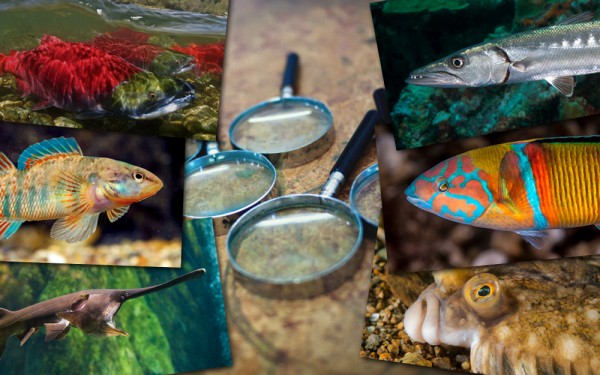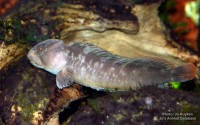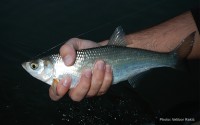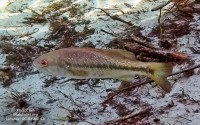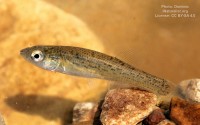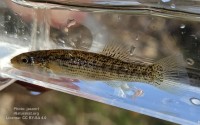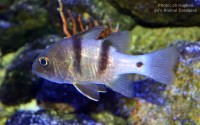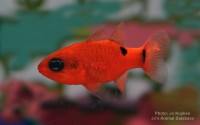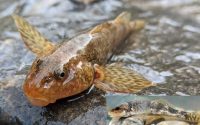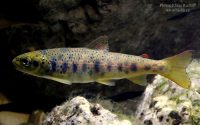Kaluga
(Huso dauricus)
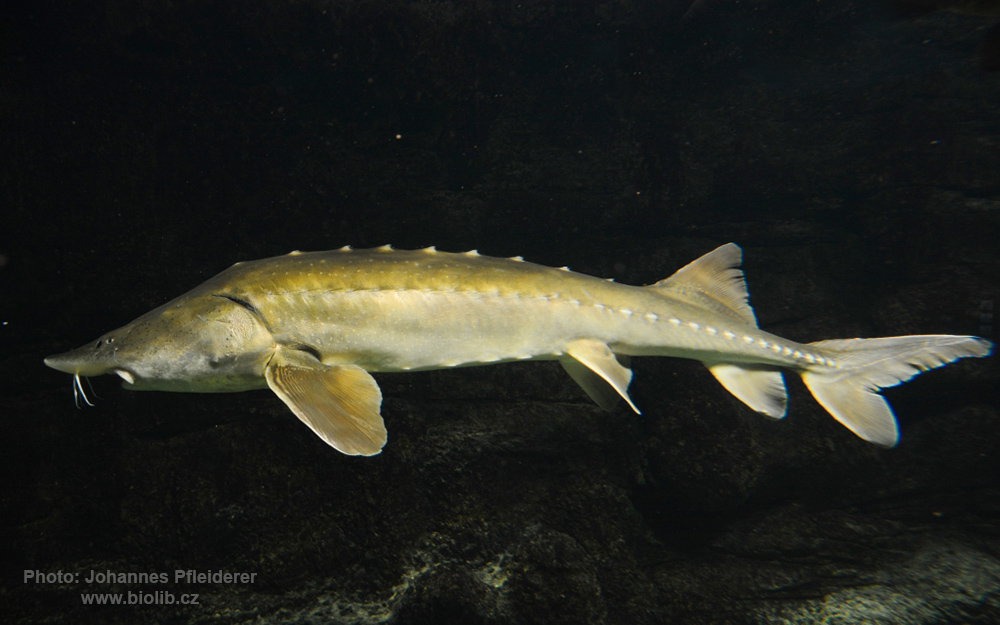
Classification
General data
The kaluga (Huso dauricus), also known as the river beluga, is a large predatory sturgeon found in the Amur River basin.
With a maximum size of at least 1,000 kg (2,205 lb) and 5.6 m (18.6 ft), the kaluga is one of the biggest of the sturgeon family.
Like the slightly larger beluga, it spends part of its life in salt water. Unlike the beluga, this fish has 5 major rows of dermal scutes and feeds on salmon and other fish in the Amur. They have gray-green to black backs with a yellowish green-white underbelly.
Distribution
Amur basin in Asia, ascending far up to the Argun, Shilka, and Onon. In the Amur Liman to the Amur estuary in the Sea of Okhotsk.
Adults inhabit some lakes, like Orel Lake above Nikolaevsk. Also in the Ussuri and Sungari, China.
Four populations are recognized in the Amur River basin: one lives in the estuary and coastal brackish waters of the Sea of Okhotsk and Sea of Japan, second is found in the lower Amur, third in the middle Amur, and fourth in the lower reaches of the Zeya and Bureya rivers in the Russian river banks.
Two ecological morphs are present in the estuary population, the freshwater and the brackish water forms.
